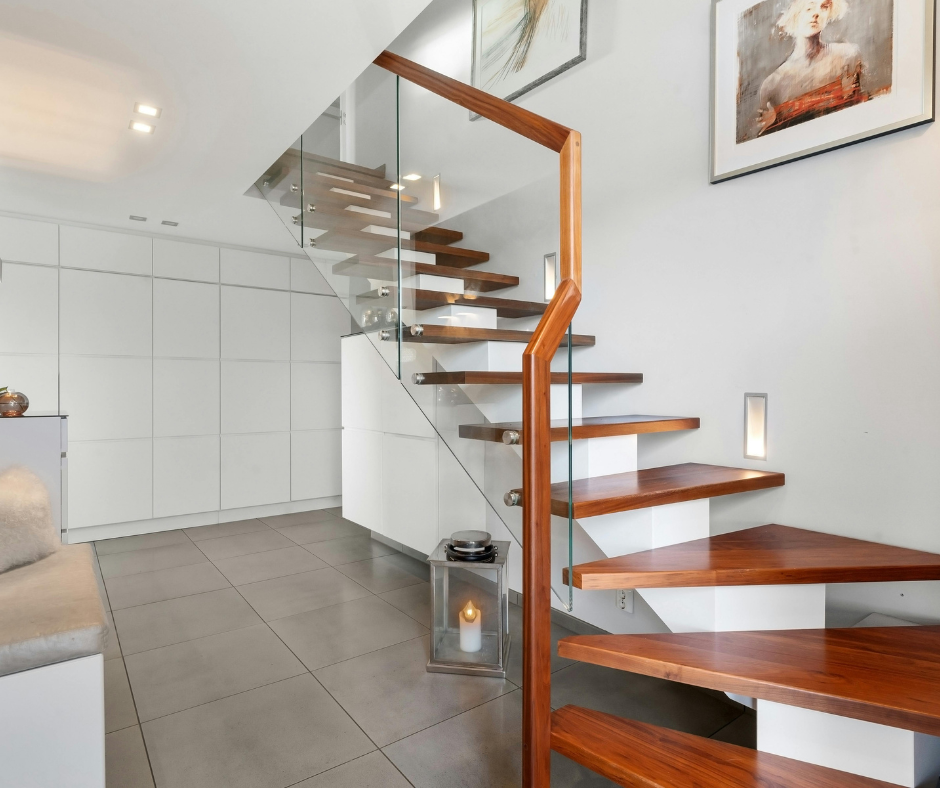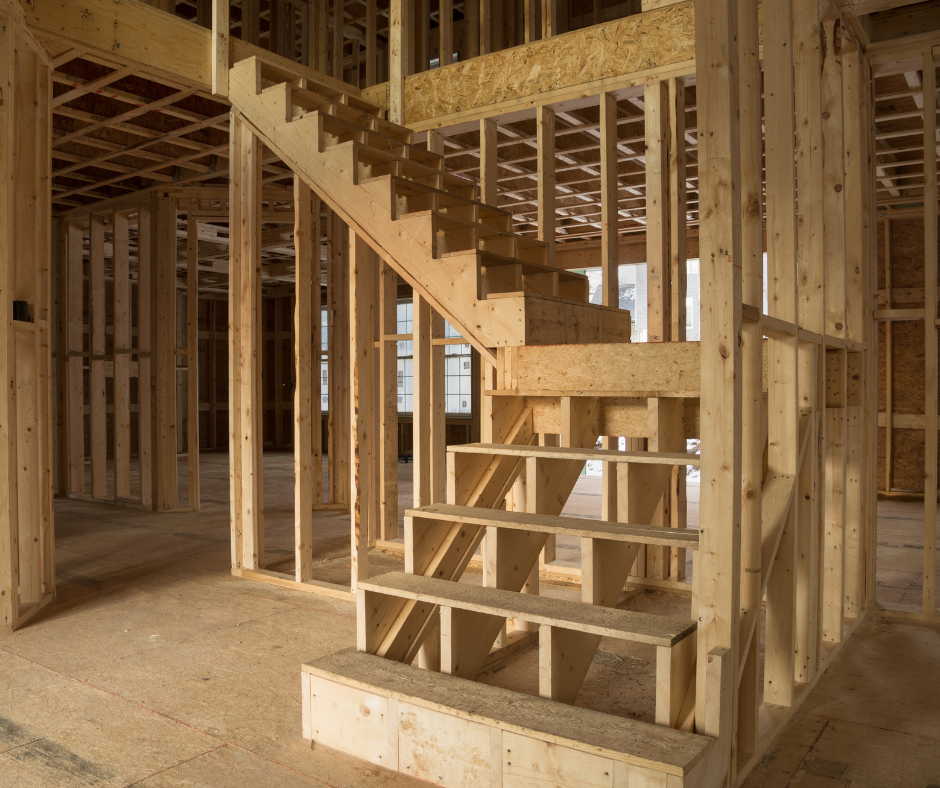Floating stairs are one of the most beautiful ways to bring modern style to your home. One wrong measurement can lead to wobbly steps, safety hazards, or costly do-overs. The dimensions for floating stairs usually include a tread depth of 10–11 inches, a riser height of 7–7.75 inches, and a width between 36 and 48 inches.
This guide will show you exactly how to plan, measure, and create a safe design that blends beautifully with features like carpet stair treads for added comfort and style. You’ll learn what measurements work best for families, which materials hold up over time, and how to avoid the most common mistakes. By the end, you’ll feel ready to build floating stairs that are both stunning and safe.
What Are Floating Stairs?
Floating stairs are steps that appear to “float” without visible supports. They often use hidden brackets or wall-mounted stringers to keep the design clean. This open look brings in more natural light and makes any space feel larger.
Homeowners love floating stairs because they create a modern statement piece that feels unique. Even smaller homes can feel grand with the right layout. They also allow you to showcase materials like wood or steel in a way that stands out.
Standard Dimensions for Floating Stairs
Here’s what you need to know about the most common measurements. Getting these sizes right is the first step to a safe, beautiful project. Careful planning helps you avoid mistakes that cost time and money later.
Tread Depth
The tread is the flat part where you step. Standard depth usually ranges from 10 to 11 inches, but deeper treads between 12 and 14 inches can feel more comfortable and safer, especially for children or pets. A wider tread also creates a high-end look that many homeowners love.
Tread Thickness
Floating stairs often use thicker treads to create a solid, sturdy feel. Most designs use treads between 2 and 3 inches thick, made from solid wood, engineered wood, steel, or concrete. Choosing the right thickness helps prevent sagging and supports daily use.
Riser Height
The riser is the vertical distance between each step. Ideal riser height falls between 7 and 7.75 inches, and every riser must match exactly to keep your stairs safe. Even a small difference can lead to trips or a design that feels uneven.
Stair Width
Floating stairs typically range from 36 to 48 inches wide. If you want a grand look, go wider, but be sure your space can handle the extra size and weight. Narrower stairs save room and still feel modern when paired with the right materials.
Overhang
Some floating stairs include a small overhang of about 1 inch. This detail adds a clean edge, but you can skip it for a sharper, minimalist look. The choice depends on your style and the materials you use.
Building Codes and Safety
Floating stairs must meet strict safety standards to protect everyone in your home. Openings between treads can’t be larger than 4 inches, and tread depth and riser height must stay consistent throughout the staircase. You’ll also need guardrails and handrails that meet local code requirements, so always check your area’s rules before you start.
How to Build Floating Stairs for Your Home
Building floating stairs takes planning and precision, but you can tackle it step by step. First, measure your floor-to-floor height and the width of your space, then find solid wall studs to support the treads. Next, choose materials that fit your budget and lifestyle, like solid wood for warmth or steel for a sleek look.
Once you’ve sketched your design and finalized dimensions, install hidden stringers or brackets to create the floating effect. Each tread must be level and anchored firmly into the framing to stay secure. Finally, add railings that match your style and keep everyone safe, using glass, cable, or metal depending on your taste.
Tips for Choosing Dimensions That Work for You
Think about who will use your stairs most before you pick your dimensions. If you have kids or pets, deeper treads and lower risers feel safer and easier to climb. Older adults may also appreciate shorter risers and a gentler incline.
Measure your space twice to avoid surprises, and consider how your stairs will look from every angle. Simple lines and balanced proportions never go out of style. The right dimensions make a staircase feel inviting and complete.
Common Mistakes to Avoid
Many DIY builders struggle with inconsistent riser heights or treads that are too thin. Skipping local building codes can lead to safety problems and expensive fixes later. It’s worth asking a professional for advice if you have any doubts about your design or materials.
Why Floating Stairs Are Worth It
Floating stairs may cost more at the start, but they pay off in beauty and value. They open up your space, bring in light, and create a clean, modern look that feels special. Many homeowners say floating stairs become the highlight of their home.
Stepping It Up
Floating stairs bring style, light, and lasting value to any space. When you take the time to plan the dimensions for floating stairs, you protect your investment and make your home safer for everyone. If you’re ready to get started, our team is here to help you every step of the way.
Ready to Build Your Floating Stairs?
Let’s create a beautiful, safe staircase that feels like home. Whether you’re just exploring ideas or ready to start, our team is here to help you every step of the way.
-
Website: https://oakvalleydesigns.com/
-
Phone: (706) 331-0315
-
Email: info@oakvalleydesigns.com
-
Address: 30 River Ct SW Bldg E Cartersville, Ga 30120




